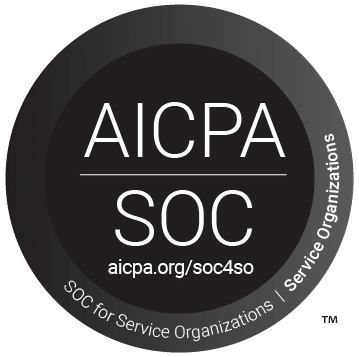Patentability Search
Share:
Patentability Search is also known as Prior Art Search or Novelty Search. In simple words, a patentability search is directed to searching any reference of any kind which discloses same or similar invention to the invention in question. Now the confusing part is that similarity is often subjective as obviousness is a non-quantifiable concept. Thus, any search is divided into different relevancy criteria such as Relevant, Related, Distantly Related, and Non-relevant based on the extent of mapping of the novel and inventive features of the invention and the invention disclosed in the reference.
The objective of patentability search is to ascertain the chance or likelihood of an invention getting a patent especially on the worldwide criteria of novelty and non-obviousness.The scope of the study includes searching both patent and non-patent literature to identify references that are relevant and related to as prior art to the current invention.
If the patentability search results in identification of documents disclosing inventions similar to the invention searched, the scope of the invention can then be modified for further searches based on the references identified.
Case Study
A company ABC wants to invest in R&D projects and has 10 proposed marketable inventions from the scientists. The company conducts a patentability search for all the 10 projects to identify their chances of getting a patent. Five inventions are found to be known entirely through the study, three have similar inventions disclosed and two are completely new and inventive. The company immediately proceeds with the R&D for the two inventions and the scientists are directed to brainstorm on new features for the three inventions that will allow distinction with prior art to make them patentable.
Recommended practices while doing Patentability Search on Patent Database Platform
- Date Restriction: None – The searches are run without any date restrictions since the term novelty itself indicates that the invention should not be known any time before applying for a patent
- Jurisdiction Restriction: None – Since the novelty and non-obviousness criteria is absolute and across the globe. In fact it would not be wrong to say that any public disclosure or practice of an invention even in a space station (outside this planet) shall be considered as relevant prior art
- Document Type Restriction: None – Any disclosure in any document or in any reference is considered prior art. It is important and interesting to note that even a non-formal reference such as a comic strip can be used to destroy the patentability of an invention (Reportedly, a Donald Duck story was used by the Dutch Patent Office to negate the patentability of NL 6514306 by Inventor Karl Krøyer http://www.iusmentis.com/patents/priorart/donaldduck/)
- Defining the relevancy criteria is crucial while considering relevant and related references
- A patentability study is specific to the novel aspects of the invention. A broad invention covering the concept of the invention but not specific aspects of the invention may not be considered related
- The volume of non-English literature for patentability projects should not be neglected or underestimated
- Non patent searches are as important as patent searches in patentability and invalidation searches
- If a single relevant result directly mapping on all the features searched is found, the project can be terminated immediately without the need of additional searches
This article contains excerpts taken from E-Book on Practical Patent Searching, second edition. To continue reading please download the full copy here: https://patseer.com/book-on-patent-searching/.
To get free trial of PatSeer fill up the enquiry form below.





